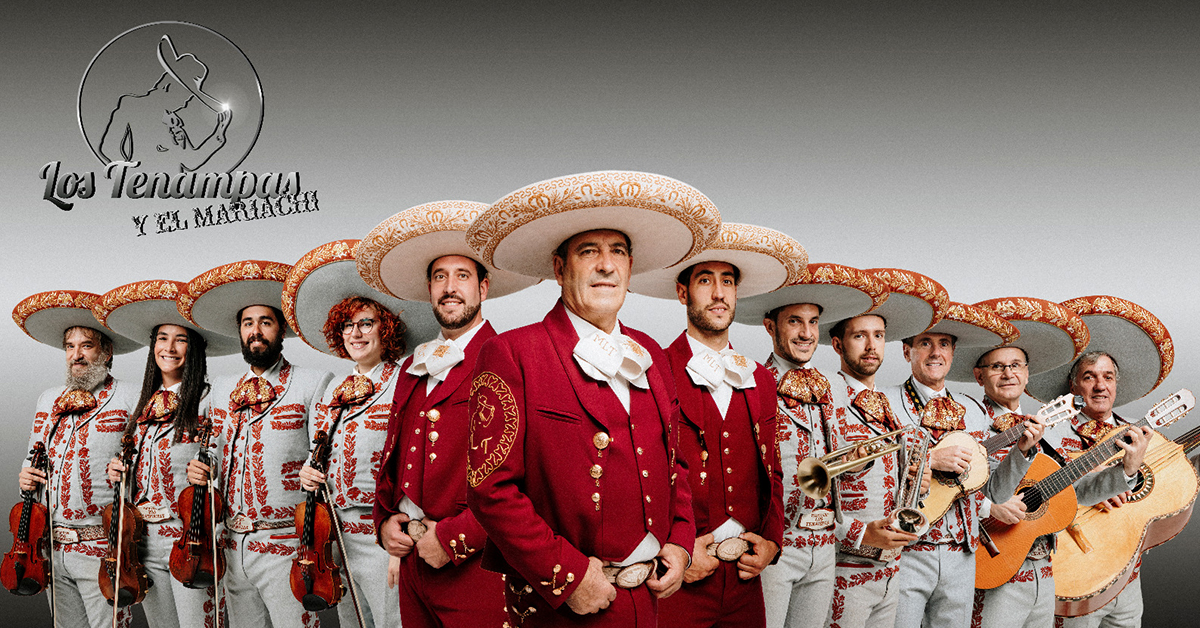Basque ethnography at a glance
News and thoughts about the positive reception of Mexican ranchera in the Basque Country circulate through the media and social networking sites, and with good reason. Lately, especially in connection with ETB1’s —first television channel from the Euskal Irrati Telebista group, broadcasting entirely in Basque— Oholtza program, tweets and comments full of irony and sarcasm abound.
The high levels of audience registered by the program are truly significant. Because they are indicative of the popularity enjoyed by ranchera music in our country.
There are numerous vocalists and local groups who perform, with or without mariachis, what we know as ‘Mexican music’. The trio Los Tenampas, in particular, have expressed to us their interest in looking into the reasons for the success of this type of music among us, reasons which have inspired the consulting department of the Labrit working group.
It is necessary to clarify that what we understand by ‘Mexican music’ designates, in reality, a musical current which originated in certain regions of northern Mexico more than a hundred years ago. It is not, strictly speaking, ‘Mexican music’, though the political power of the period known as ‘Porfiriato’, referring to the mandate of the military Porfirio Díaz, tried to give it the projection of national music, a pretension that, outside of Mexico, would to a great extent be achieved.
Anyone who knows Mexico is aware that the country’s cultural and linguistic diversity cannot be restricted to a single musical genre. Mexican music is diverse, plural and abundant, because the numerous cultures which predate the Spanish colonization and conquest are fortunately, although barely, still survive today.
Be it as it might, the Mexican-born ‘ranchera’ has indeed achieved an undeniable success in the Basque Country, maintained from generation to generation during the last decades.
Initially, among the hypotheses and lines of work which would need analysing are these below:
—the influence of Basque emigration, that is to say, the passion for this music instilled by Basques who emigrated to Mexico upon their return
—our fondness for singing and the proximity between this type of song and the different musical currents or tendencies in the Basque Country (including jotas)
—the autochthonous derivations, appropriations, own developments… of the ranchera music (NaparMex, rancheras in Basque…)
The report requested by Los Tenampas requires an analysis of the bibliographic sources. And, more specifically, an exhaustive search and contrast of the foundations which support the interests and inclinations of the different generations of Basque urban and rural peoples.
Without pretending to anticipate any consequences, the following question might illustrate and anticipate the answer which we are endeavouring to find: what are the factors which push a twenty-one-year-old young man from Jaurrieta (Navarre) and his group of friends to drive to Oibar (around 60 km away, also in Navarre) on a Saturday night and attend the performance of a Mexican music group? And a second conclusive question: how is it that during the performance in Oibar he might coincide with his parents?
Gaizka Aranguren Urrotz – Doctor in assessment of Memory and Intangible Heritage. Graduate in Information Science. Managing director of Labrit
Translated by Jaione Bilbao – Ethnography Department – Labayru Fundazioa


